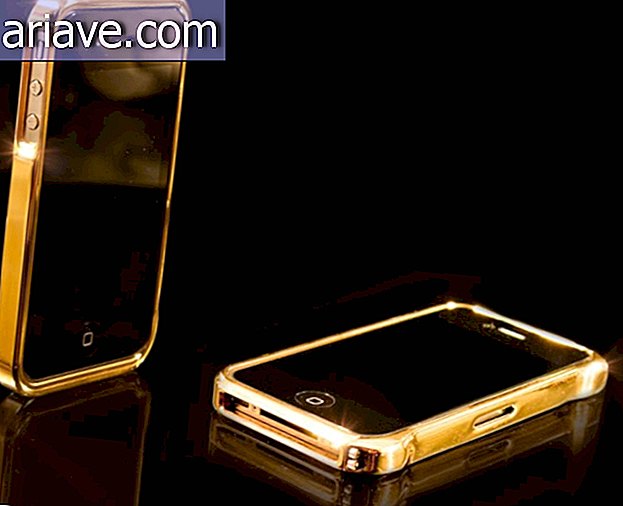When and who invented the electric guitar?
What would a world without music look like? Boring, isn't it? Music has played a fundamental role in human life for thousands of years, both for socialization and communication. Some scholars even speculate that it may have come even before language.
Since the beginning of time, people have been making some kind of sound that was rocked by some harmony, and over the centuries they have been developing instruments such as drums, woodwinds, and species of stringed objects. This process was happening naturally in all cultures and around the world during small group celebrations or meetings.

With the advancement of technology, musical instruments became more sophisticated and, during the 20th century - more precisely between the 50s and 70s - the electric guitar gained the most important instrument position of popular music and, of course, of so much. acclaimed rock'n'roll.
Chuck Berry, Elvis Presley, Buddy Holly, and various artists spread the use of the instrument in the late 1950's and early 1960's. Rock's passion for guitar followed with the Beatles and Rolling Stones, BB King, Jimi Hendrix, Jimmy Page, Eric Clapton, Stevie Ray Vaughan, Slash, John Frusciante, John Mayer and so many other chord worshipers. But what is the story behind the electric guitar?
The beginning of chords
Many people believe that it was Les Paul who invented the electric guitar in 1940, but it was not him because the invention was made years earlier. The real credit for creating the instrument is from George Beauchamp, a musician, and Adolph Rickenbacker, an electrical engineer. They created the first commercially viable modern amplifiable sound electric guitar in 1931 in the United States.

Several people had tried to produce the instrument before them, but Beauchamp and Rickenbacker were the first to really get the modern electrically amplified guitar, with sound quality good enough for use in a professional music scene.
A little of history
The need for an electric guitar arose because some musicians thought the classical guitar was too calm to contribute to the musical production of groups in many ways. This problem began to be particularly evident in the 1880s concert halls.
Decades later, the big bands of the 1920s prioritized the sound and rhythm of percussion instruments, so that the guitar became a secondary item, producing melodies so low (relative to drums) that even the musicians of the group could not. listen. The need for an innovation for the guitar was obvious and necessary.
George Beauchamp, one of the duo's members, was already playing a Hawaiian guitar (steel-framed and worn horizontally on his lap) and this was a key factor in the invention of the electric guitar.
Beauchamp then met Rickenbacker at Dopyera Brothers, a guitar maker in Los Angeles, and they agreed to work on an electric guitar project together. Adolph Rickenbacker was one of the pioneers in his professional field, being a man who enjoyed innovation and boldness, such as the founding of Rickenbacker International Corporation, a company whose sole purpose was to create and manufacture electric musical instruments.

After many attempts, the pair finally invented an electromagnetic device that caught the vibrations of the guitar strings with great clarity. In a nutshell, the electromagnets converted these vibrations into an electrical signal that was amplified and transmitted through speakers.
In 1931, they installed these pickups in a frame designed by Harry Watson, an aluminum lap guitar called the "Frying Pan" because of its size and shape. From then on, the invention became the first commercially viable electric guitar.
From that date, the public's first known mention of an improved electric guitar appeared in Wichita, Kansas, in October 1932. Musician Brewer Gage gave a press demo with two of his recent acquisitions, an electric Hawaiian guitar and an electric guitar. standard, both of which had been Beauchamp's creations.
The wooden structures came with the adaptation of musician Les Paul in 1940 when he created "The Log", a guitar whose strings and pickups were assembled into a sculptured model from a solid block of wood. Since then, more and more modernizations have taken place and the rest of history the world has known with the success of rock and other styles using the electric guitar.
Bonus Facts
- Some of the first electric guitar makers, besides Rickenbacker, were the Dobro Company in 1933, Audiovox and Volu-tone in 1934, Vega, Epiphone and Gibson in 1935.
- In 1946, a Greco-American manufacturer of musical instruments and amplifiers called Clarence Leonidas Fender, better known as Leo Fender, built the first commercial success of the solid-body electric guitar with a single electromagnet. The instrument was originally called the Fender Esquire (pictured below), which became a classic and pulled the line to one of the world's largest guitar producers.












